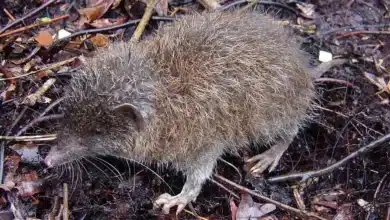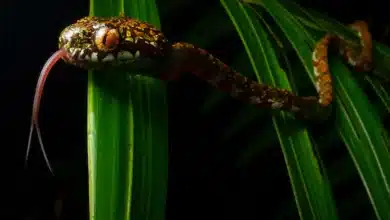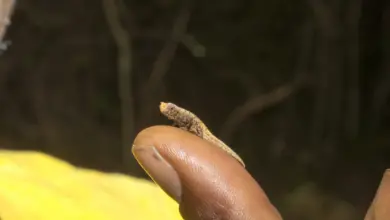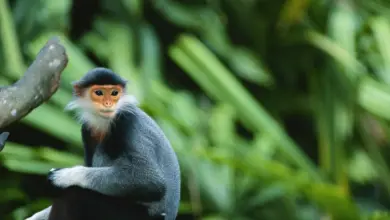Exploring the Mysteries of Kodama Jujutsu: Unveiling a Newly Discovered Species
In the realm of biological sciences, discoveries of new species often capture the imagination and curiosity of researchers and enthusiasts alike. The latest addition to this fascinating world is the enigmatic Kodama jujutsu, a species that has recently emerged from the depths of the natural world, captivating scientists with its unique characteristics and behaviors.
Discovery and Classification
The discovery of Kodama jujutsu, named after the mythical Japanese spirits known as “kodama,” was announced by a team of biologists on an expedition in the dense rainforests of Southeast Asia. The species was initially identified through a combination of meticulous field observations, genetic analysis, and comparative anatomical studies.
Belonging to the phylum Arthropoda and the class Insecta, Kodama jujutsu is a fascinating addition to the vast diversity of insects on our planet. Its distinct morphology, behavior, and genetic makeup set it apart from any previously known species, sparking excitement and intrigue within the scientific community.
Physical Characteristics
One of the most striking features of Kodama jujutsu is its intricate and colorful appearance. Adorned with iridescent hues and elaborate patterns, these insects exhibit a mesmerizing beauty that rivals even the most dazzling butterflies. Their slender bodies are adorned with delicate wings that flutter gracefully as they navigate their forest habitat.
Notably, Kodama jujutsu possesses specialized appendages that are adapted for a variety of purposes, including camouflage, communication, and defense. These adaptations hint at the complex ecological roles that these insects play within their ecosystem.
Behavior and Ecology
Observations of Kodama jujutsu in their natural habitat have revealed fascinating insights into their behavior and ecology. These insects are primarily arboreal, spending much of their lives amidst the lush foliage of tropical forests. Their agile movements and cryptic coloration allow them to blend seamlessly into their surroundings, evading detection from potential predators.
Furthermore, Kodama jujutsu exhibits intriguing social behaviors, forming intricate networks of communication and cooperation within their colonies. Researchers have observed complex mating rituals, cooperative foraging strategies, and hierarchical structures within Kodama jujutsu societies, highlighting the sophisticated nature of their social organization.
Ecological Significance and Conservation
As with any newly discovered species, understanding the ecological significance of Kodama jujutsu is paramount for conservation efforts. These insects likely play vital roles in ecosystem dynamics, serving as pollinators, prey for other species, and indicators of environmental health.
However, the fragile ecosystems that Kodama jujutsu calls home are increasingly threatened by human activities such as deforestation, habitat fragmentation, and climate change. Conservation efforts aimed at preserving their natural habitat and mitigating anthropogenic impacts are essential for ensuring the long-term survival of this newly discovered species.
Future Research Directions
The discovery of Kodama jujutsu represents just the beginning of a journey towards unraveling the mysteries of this enigmatic species. Future research endeavors will undoubtedly delve deeper into aspects such as their evolutionary history, genetic diversity, and ecological interactions.
Moreover, interdisciplinary collaborations between biologists, ecologists, geneticists, and conservationists will be crucial for advancing our understanding of Kodama jujutsu and implementing effective conservation strategies to protect them and their habitats.
In conclusion, the discovery of Kodama jujutsu serves as a poignant reminder of the boundless wonders that await discovery within the natural world. As we continue to explore and unravel its mysteries, may we remain steadfast in our commitment to preserving the rich tapestry of life on Earth for generations to come.



